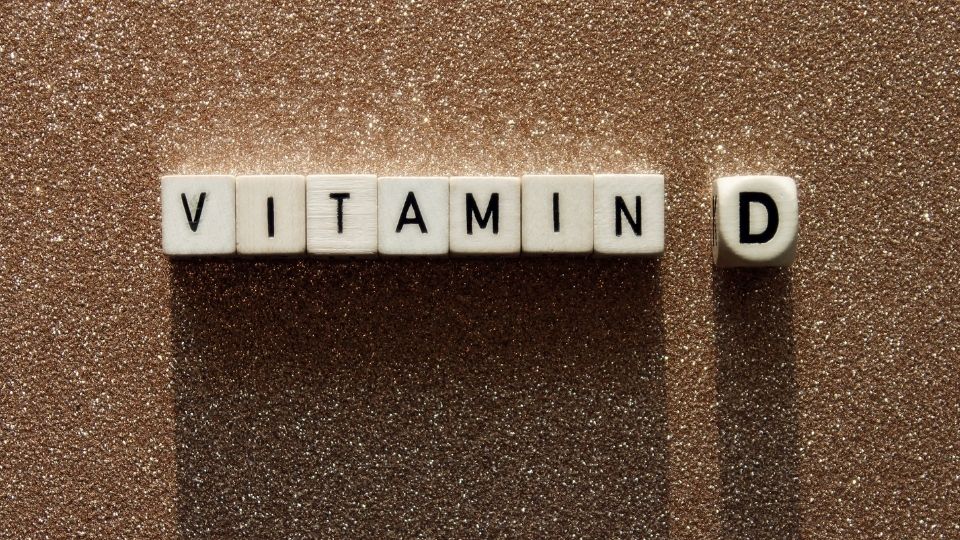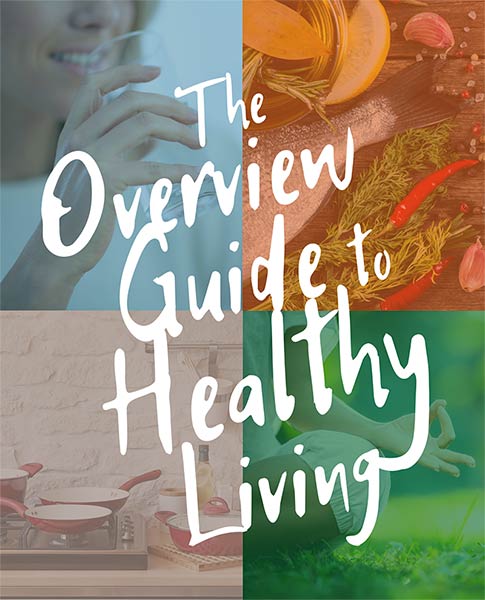
The Relationship Between Vitamin D And Breast Cancer
Vitamin D is a fat-soluble secosteroids. There are two main forms of vitamin D: vitamin D2, also called ergocalciferol, and vitamin D3, also called cholecalciferol. Scientific studies suggest that cholecalciferol is the more effective form of the vitamin. Vitamin D2 is obtained exclusively from the diet and comes mostly from fortified foods and plants like mushrooms grown in UV lights. Vitamin D3 is found in animal foods like oily fish and fish oil, liver, egg yolks and butter. Our skin also manufactures vitamin D3 upon exposure to light.
The Primary Types of Vitamin D and How They Interact With The Body

Specifically, vitamin D3 originates from a compound found in the skin called 7-dihydroxycholesterol when exposed to sunlight, particularly UV-B light. Vitamin D production is complex and involves metabolic processes that take place in the liver and the kidneys. In the liver, vitamin D2 and D3 undergo hydroxylation in the presence of mitochondrial and microsomal hydroxylase producing 25-hydroxyvitamin D (25(OH)D), also referred to as calcidiol. This is further metabolized in the kidneys to produce calcitriol (1,25(OH)2D). To determine the amount of serum vitamin D, one measures 25(OH)D biomarker with a half-life of around 2 to 3 weeks.
Vitamin D plays an important role in bone health, calcium homeostasis and the immune system as well as the cardiovascular and endocrine systems. Vitamin D deficiency is also associated with type-2 diabetes, Alzheimer’s disease, osteoporosis, Parkinson’s disease, and cancer. Recent studies have shown that at least 20 types of cancers are associated with low serum vitamin D.
Vitamin D and The Mammary Glands
A recent review aimed at studying the connection between vitamin D deficiency and breast cancer revealed a correlation between increased breast cancer risk and vitamin D receptor genetic polymorphism (VDR). VDR genes regulate hormone differentiation, milk production, and calcium transport during lactation in the mammary glands. Data from two randomized clinical trials show that women with higher concentrations of vitamin D (>60 ng/ml) had 82% lower incidence rate of breast cancer than women with lower concentrations of vitamin D (<20 ng/ml). A comparison with the healthy controls indicated a significant risk of breast cancer to women with vitamin D levels less than 20ng/ml developed metastases, and 73% died due to the advanced illness.
Reference
Atoum M, Alzoughool F. Vitamin d and breast cancer: latest evidence and future steps. Breast Cancer (Auckl). 2017 Jan;11:117822341774981.
Folate, Vitamin B12, Vitamin B6, Choline
- What is the significance of each of your four vitamins? What roles do they play in the body? What bodily systems are affected?
- What is the RDA level for each of the vitamins? What is the upper limit for each of the vitamins? What are the signs or symptoms of deficiency and toxicity for each of the vitamins?
- Where are these vitamins found in the diet and what may impede availability and absorption? How does the concept of food poverty impact a client’s ability to obtain these vitamins? (For more information on food poverty, click this link Sustain.
